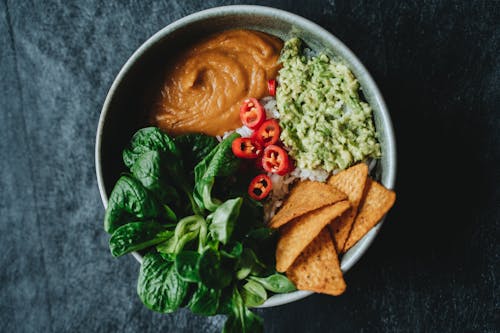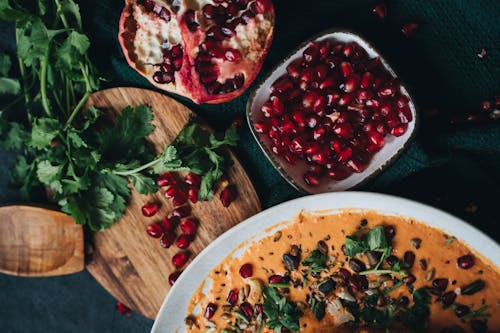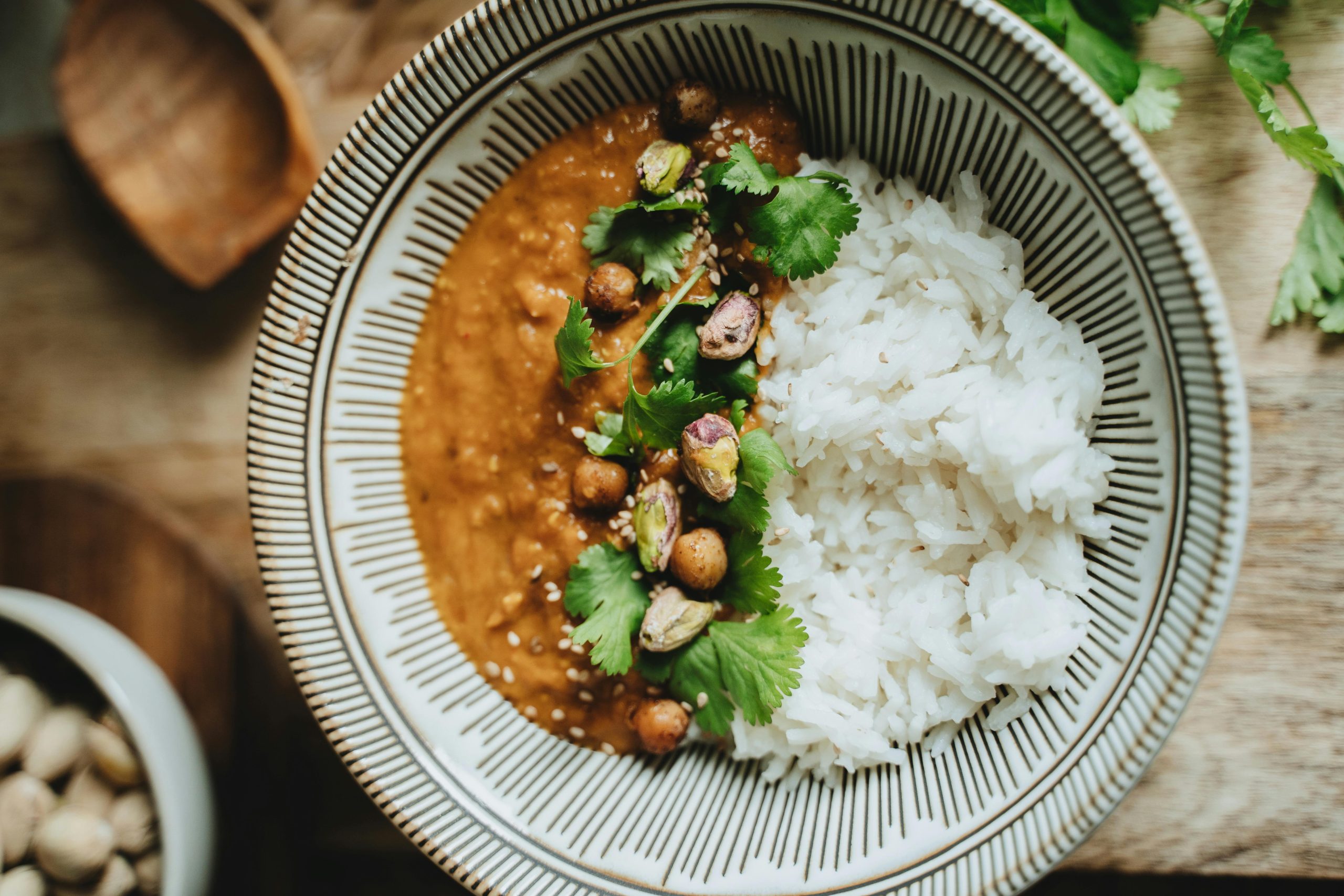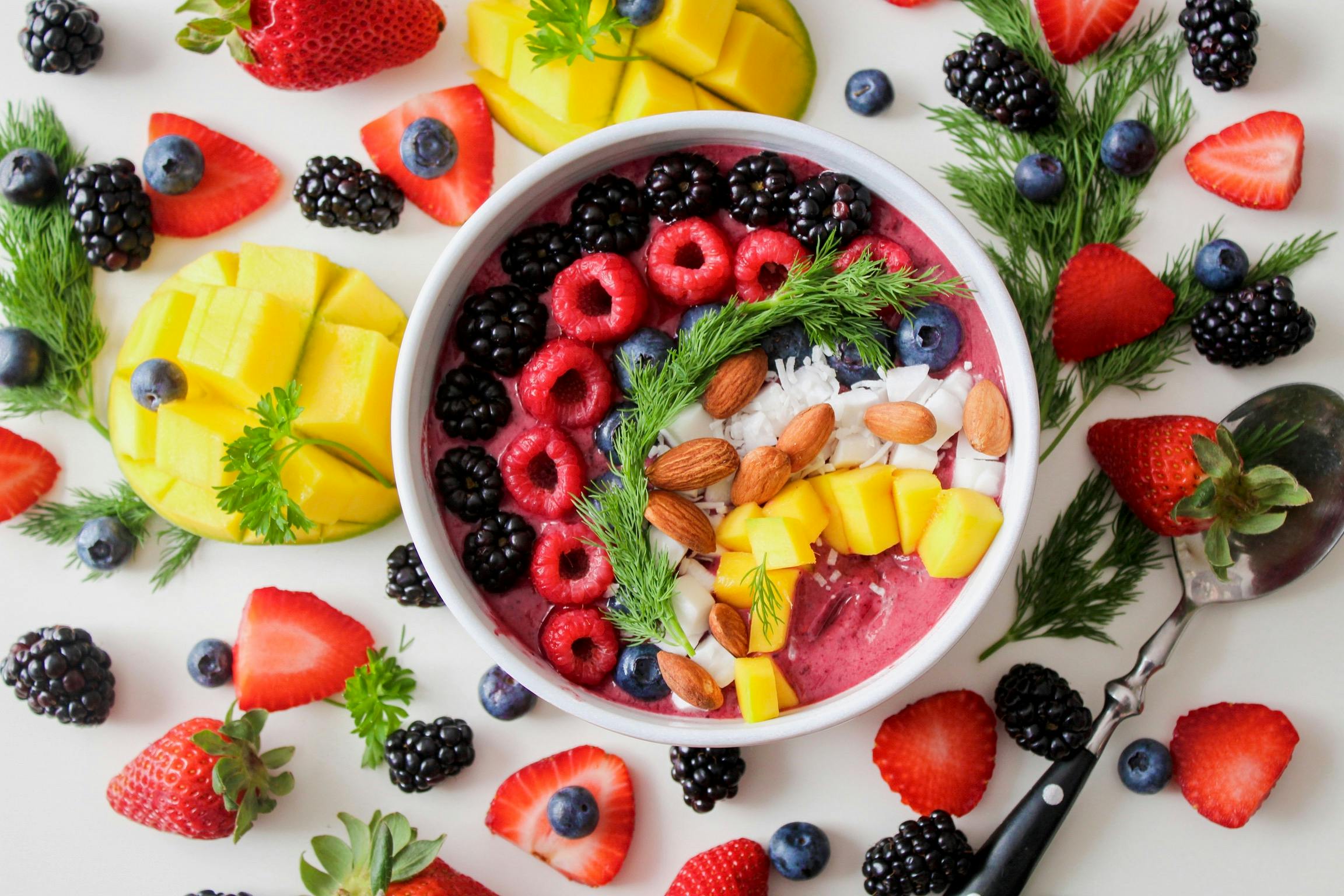The zero-waste movement has been gaining momentum in recent years, not just for environmental sustainability, but also for its potential to save money and reduce food waste in the kitchen. A crucial aspect of this philosophy is making the most of every part of the ingredients you buy, ensuring nothing goes to waste. From vegetable scraps to meat trimmings, almost every part of your groceries can be repurposed to create delicious meals. Here’s how to embrace zero-waste cooking and use every part of your ingredients.

Transforming Vegetable Scraps into Flavorful Broths
One of the easiest ways to reduce food waste is by making use of vegetable scraps. Instead of tossing those leftover carrot peels, onion skins, or potato ends into the trash, save them in a bag or container in the freezer. These often-overlooked bits can form the base for a flavorful, homemade vegetable broth.
To make broth, simply toss your frozen vegetable scraps into a large pot with water, herbs, and spices like garlic, thyme, and bay leaves. Bring the mixture to a boil and then simmer for about an hour. Strain out the solids, and you’re left with a rich, savory liquid that can be used in soups, stews, risottos, or as a base for sauces. Not only does this reduce waste, but it also enhances the flavor of your dishes.
Repurposing Citrus Peels in Sweet and Savory Dishes
Citrus fruits like lemons, limes, and oranges are a kitchen staple, but their peels are often discarded. In reality, citrus peels are packed with essential oils and flavors, making them incredibly versatile in cooking.
One simple way to use citrus peels is by zesting them before juicing the fruit. The zest can be added to cakes, cookies, or savory dishes like roasted vegetables or salads for a burst of brightness. Additionally, you can candy citrus peels by simmering them in sugar syrup and then coating them in sugar, making a delightful treat to snack on or add to desserts. Another excellent use for citrus peels is to create homemade citrus-infused vinegar or oils, perfect for dressings, marinades, or even as cleaning solutions.
Utilizing Herb Stems and Roots
While the leaves of herbs like cilantro, parsley, and rosemary are commonly used in cooking, the stems and roots are often thrown away. However, these parts are equally valuable in the kitchen and can be used to add depth and flavor to your dishes.
For example, the stems of herbs like cilantro and parsley can be chopped up and added to soups, stews, or broths. The stems contain much of the herb’s flavor and can be used just like the leaves. Rosemary stems can also be used to infuse oils or to flavor roasted meats and vegetables.
Even the roots of herbs like ginger and lemongrass can be put to good use. Ginger roots can be simmered in water to make a warming ginger tea, while lemongrass roots can be added to broths or curries to infuse a lovely, aromatic flavor.
Making the Most of Stale Bread
Stale bread is often seen as something to throw away, but it has so much potential. Instead of discarding old bread, you can turn it into croutons, breadcrumbs, or even a savory bread pudding. Croutons are easy to make by cutting the stale bread into cubes, tossing them in olive oil, and seasoning them with herbs and salt before baking until crispy.
For breadcrumbs, simply pulse the stale bread in a food processor until fine. These can be used as a coating for fried foods, a topping for casseroles, or as a binder in meatballs and veggie burgers. Alternatively, stale bread can be transformed into a hearty bread pudding by soaking it in a mixture of milk, eggs, sugar, and spices before baking it into a comforting dessert.
Using Meat Bones and Trimmings for Rich, Nutritious Broths
Meat bones and trimmings are another often-overlooked part of ingredients that can be repurposed to create a rich, nutritious broth. Whether you’re working with chicken, beef, or pork, the bones contain collagen, which breaks down during the slow cooking process and creates a gelatinous, flavorful base.
To make a meat-based broth, place the bones in a pot and cover them with water. Add aromatics like onions, garlic, carrots, and celery, along with herbs like thyme, rosemary, and bay leaves. Simmer the mixture for several hours to extract all the flavors. Strain the solids, and you’ll have a deeply flavored broth perfect for soups, sauces, or gravies.
Repurposing Vegetable Leaves and Greens
When it comes to vegetables, the leaves and stems that are often discarded can be transformed into tasty, nutritious dishes. For example, beet greens, radish tops, and turnip greens are packed with vitamins and minerals and can be sautéed with garlic and olive oil for a quick, flavorful side dish. The same goes for cauliflower or broccoli stems, which can be peeled and chopped into small pieces and added to stir-fries, soups, or even roasted for a crunchy snack.
If you’re looking for a unique way to use vegetable leaves, try making pesto. You can make pesto not just from basil, but also from greens like spinach, kale, and even carrot tops. Simply blend the leaves with olive oil, garlic, nuts, and Parmesan cheese for a fresh, herbaceous spread to pair with pasta, sandwiches, or grilled meats.
Using Apple Cores and Peels for Homemade Cider and Sauces
When you peel or core apples for a recipe, don’t throw away the scraps! Apple cores and peels can be used to create a delicious homemade apple cider or sauce. To make cider, simmer the cores and peels with water, cinnamon sticks, and a little sugar, then strain the liquid to remove the solids. The result is a fragrant, spiced apple cider that’s perfect for a cozy drink.
If you prefer something thicker, apple peels and cores can be cooked down into a rich apple sauce. Simply simmer them with a bit of water, sugar, and lemon juice until soft, then mash or blend into a smooth puree. This can be used as a topping for oatmeal, a filling for baked goods, or as a side dish to meats like pork.
Making Stock from Shrimp Shells and Fish Bones
Shrimp shells and fish bones are often discarded, but they are full of flavor and can be used to create a flavorful seafood stock. To make shrimp stock, simply sauté the shells with some oil and aromatics, then cover with water and simmer for 30 minutes. For fish stock, use fish heads and bones, along with vegetables like onions, leeks, and fennel, to create a rich base perfect for seafood soups or stews.

Repurposing Overripe Fruits in Smoothies and Desserts
Overripe fruits are often thrown away, but they can be put to good use in a variety of ways. Bananas, berries, and peaches can be used in smoothies, baked into muffins, or made into compotes. Overripe bananas are perfect for banana bread or pancakes, while squishy strawberries can be turned into a quick jam with just a little sugar.
Conclusion
Cooking with zero waste not only helps the environment by reducing food waste but also encourages creativity and resourcefulness in the kitchen. By learning how to repurpose every part of your ingredients, from vegetable scraps to overripe fruits, you can create delicious meals while being mindful of the planet. Adopting a zero-waste cooking approach is a small but impactful step towards a more sustainable and economical way of eating. It’s all about changing your mindset and looking at your ingredients in a new light, transforming what might have been discarded into culinary gold.





